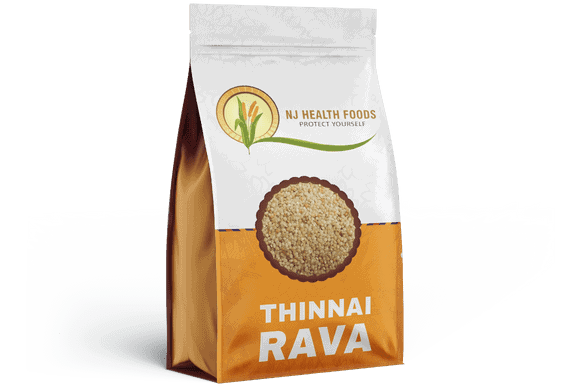
Kambu Millet also known as “pearl millet rava” is known for its high nutrient content and health benefits. Kambu rava is gluten-free, rich in dietary fibre, protein, minerals and vitamins, making it a nutritious and healthy addition to any diet. In Tamil cuisine, Kambu rava is used to make a variety of traditional dishes such as Kambu Upma and Kambu idli, and also as a replacement for traditional wheat rava in various dishes. Pearl of nutrition, Kambu rava, a gluten-free and versatile alternative to wheat semolina.
Kambu rava
Kambu rava, also known as “pearl millet rava” is known for its high nutrient content and health benefits. Kambu rava is gluten-free, rich in dietary fibre, protein, minerals and vitamins, making it a nutritious and healthy addition to any diet. In Tamil cuisine, Kambu rava is used to make a variety of traditional dishes such as Kambu Upma and Kambu idli, and also as a replacement for traditional wheat rava in various dishes. Pearl of nutrition, Kambu rava, a gluten-free and versatile alternative to wheat semolina.
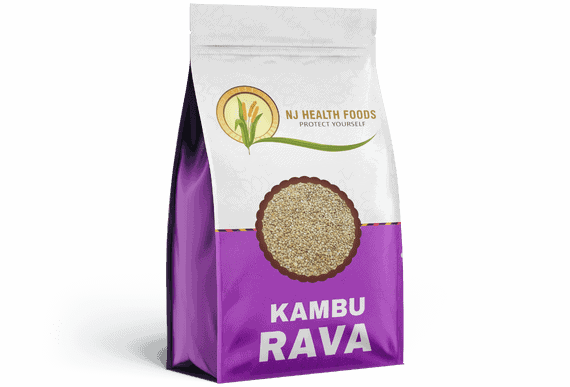
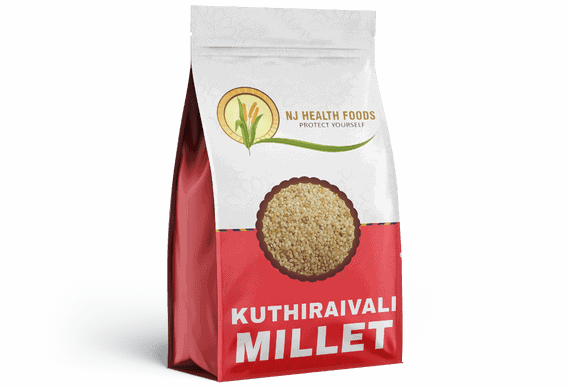
Kuthiraivali Millet
Kuthiraivali Millet, also known as “little millet rava” or “kodo millet rava” is made from kodo millet, which is a type of small millet that is known for its high nutrient content and health benefits. It is gluten-free, and is a good source of carbohydrates, protein, fibre, and various essential vitamins and minerals, including iron, magnesium, and potassium. It can be used in place of traditional wheat rava to make idly, dosa, upma, pongal and other dishes.
Kuthiraivali rava
Kuthiraivali rava, also known as “little millet rava” or “kodo millet rava” is made from kodo millet, which is a type of small millet that is known for its high nutrient content and health benefits. It is gluten-free, and is a good source of carbohydrates, protein, fibre, and various essential vitamins and minerals, including iron, magnesium, and potassium. It can be used in place of traditional wheat rava to make idly, dosa, upma, pongal and other dishes.
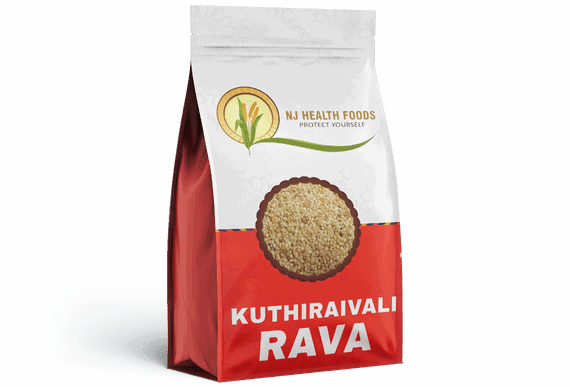

Mixed Millet
Mixed millet is a versatile, gluten-free alternative to traditional wheat rava that is made by combining different types of millets, such as foxtail millet, kodo millet, little millet, and other small millets. It is a powerhouse of nutrients, rich in dietary fibre, minerals, vitamins and essential amino acids, making it a nutritious and healthy addition to any diet. Mix it up with Mixed Millet Rava, a nutritious and delicious alternative to traditional wheat semolina!
Mixed millet rava
Mixed millet rava is a versatile, gluten-free alternative to traditional wheat rava that is made by combining different types of millets, such as foxtail millet, kodo millet, little millet, and other small millets. It is a powerhouse of nutrients, rich in dietary fibre, minerals, vitamins and essential amino acids, making it a nutritious and healthy addition to any diet. Mix it up with Mixed Millet Rava, a nutritious and delicious alternative to traditional wheat semolina!

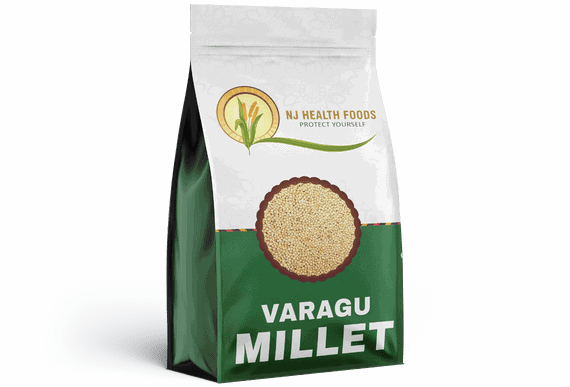
Varagu Millet
Varagu Millet is gluten-free, rich in dietary fibre, protein, minerals and vitamins, making it a nutritious and healthy addition to any diet. In Tamil cuisine, varagu rava is used to make a variety of traditional dishes such as varagu upma and varagu idli, and also as a replacement for traditional wheat rava in various dishes. Get your daily dose of nutrition with Varagu Rava, the gluten-free, versatile alternative to wheat semolina.
Varagu rava
Varagu rava is gluten-free, rich in dietary fibre, protein, minerals and vitamins, making it a nutritious and healthy addition to any diet. In Tamil cuisine, varagu rava is used to make a variety of traditional dishes such as varagu upma and varagu idli, and also as a replacement for traditional wheat rava in various dishes. Get your daily dose of nutrition with Varagu Rava, the gluten-free, versatile alternative to wheat semolina.

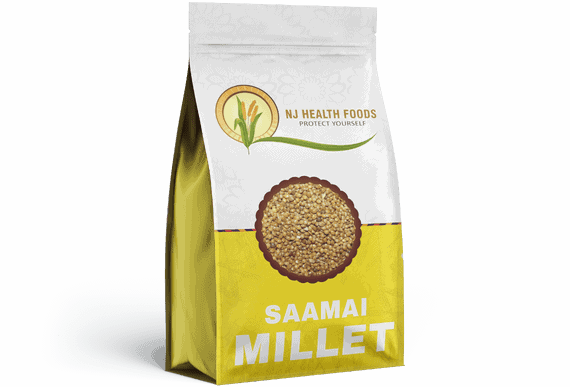
Saamai Millet
Saamai Millet, also known as “little millet rava” or “little millet semolina”, is gluten-free and used to make a variety of traditional dishes, such as Saamai Upma and Saamai idli, as well as in sweet dishes like Saamai ladoo and payasam. It can also be used to make a variety of dishes similar to how wheat rava is used. Saamai is considered as an ancient grain. It is particularly rich in minerals like iron, zinc, copper, and manganese, making it a good dietary option for people who want to include a gluten-free alternative in their diet or for those who are looking to include a variety of whole grains.
Saamai rava
Saamai rava, also known as “little millet rava” or “little millet semolina”, is gluten-free and used to make a variety of traditional dishes, such as Saamai Upma and Saamai idli, as well as in sweet dishes like Saamai ladoo and payasam. It can also be used to make a variety of dishes similar to how wheat rava is used. Saamai is considered as an ancient grain. It is particularly rich in minerals like iron, zinc, copper, and manganese, making it a good dietary option for people who want to include a gluten-free alternative in their diet or for those who are looking to include a variety of whole grains.

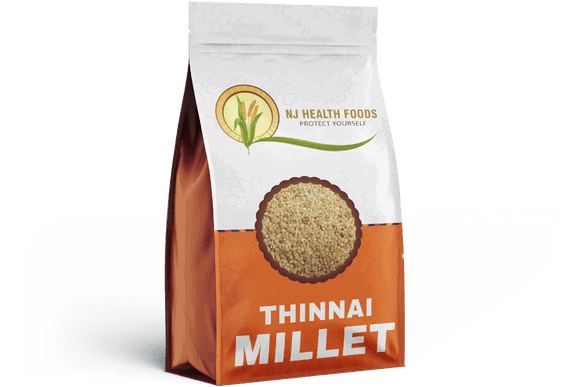
Thinnai Millet
Foxtail millet, also known as “thinai” in Tamil, is a small-seeded grass that is a staple food crop in some parts of India. It is considered to be one of the oldest cultivated crops in the world. Foxtail millet rice is made by boiling or steaming foxtail millet, similar to how rice is prepared. It can be used as a replacement for rice in any dish, and is a good option for people following a gluten-free diet.
Thinnai Rava
Rava, also known as semolina or sooji, is made from the coarsely ground endosperm of durum wheat. It is a good source of carbohydrates, protein, and dietary fibre. Rava is also high in dietary fibre, which helps to promote regular bowel movements and maintain a healthy digestive system.
